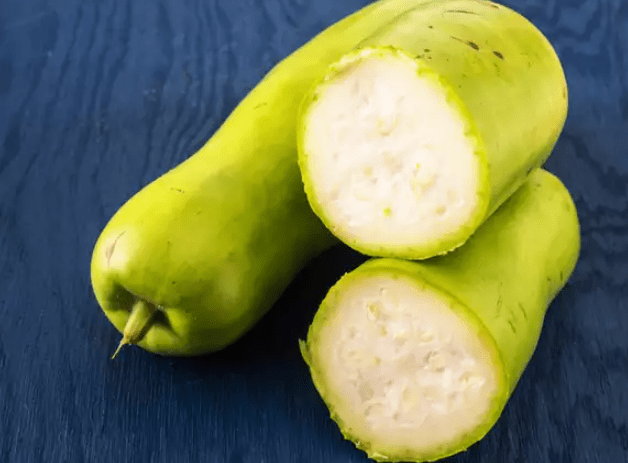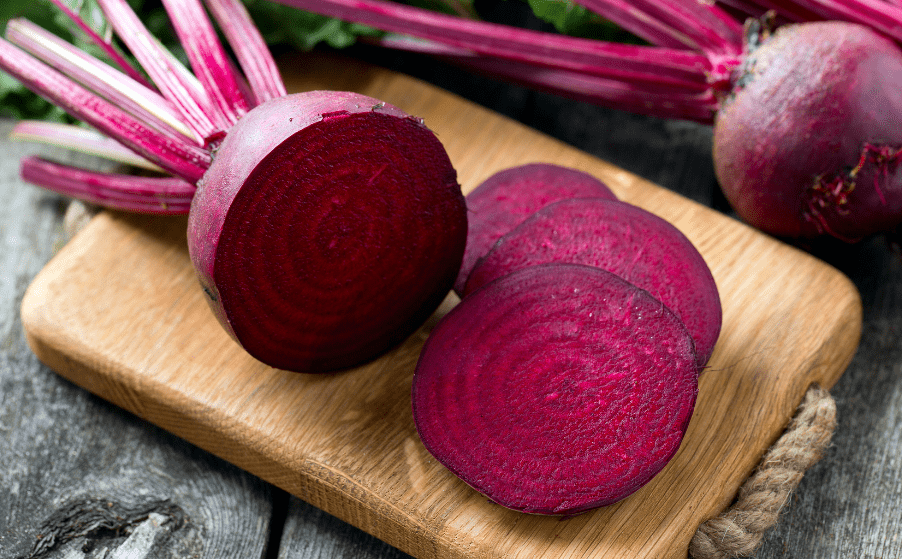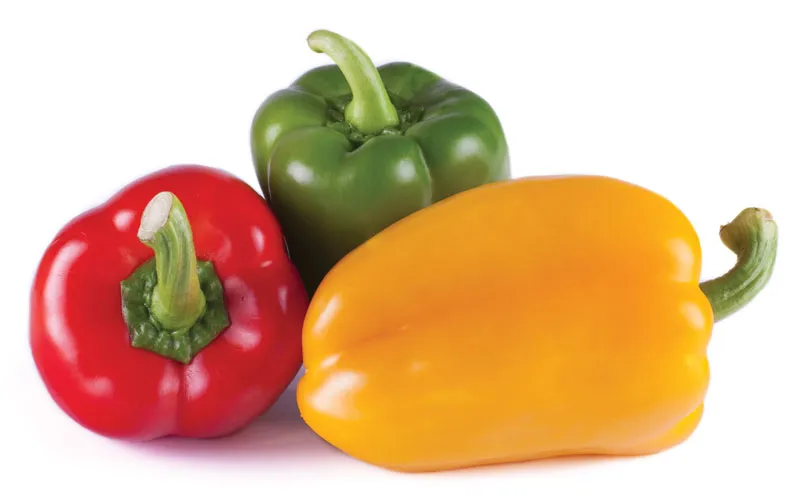
Description
Depending on how it is grown and when it is harvested, bottle gourds can have a variety of sizes, shapes, and lengths. It may be exceptionally long and thin, short and rounded, consistently cylindrical, curved, bulbous, or long and thin. Its skin is typically smooth, although some kinds have skin that is covered in tiny hairs.
Varieties
Pusa Manjari, Pusa Megdoot, Arka Bahar, PLR 2, and Pusa Summer Prolific Round, as well as PLR 1 (salad type).

Uses
Young fruits can be eaten and are frequently prepared like vegetables. The mature gourds are used to make birdhouses, elaborate decorations, lamps, and musical instruments. They are also converted into pipes, water bottles, spoons, dippers, and many other utensils and containers.
Nutrition
Bottle gourd/lauki weighs 100 g and contains
Energy: 10.99 cal
0.53 g of protein,
0.13 g of fat
1.68 g of carbohydrates.
2.12 g of fiber
15.42 mg calcium
Potassium: 16.1 mg
Sodium: 1.46 mg Zinc: 24.63 mg
10.93 mg of magnesium
Cultivation
Bottle gourd cultivation is best suited to sandy loamy soils rich in organic matter with adequate drainage and a 6.5 to 7.5 pH. This crop needs a temperature that is comfortably warm.
Table





